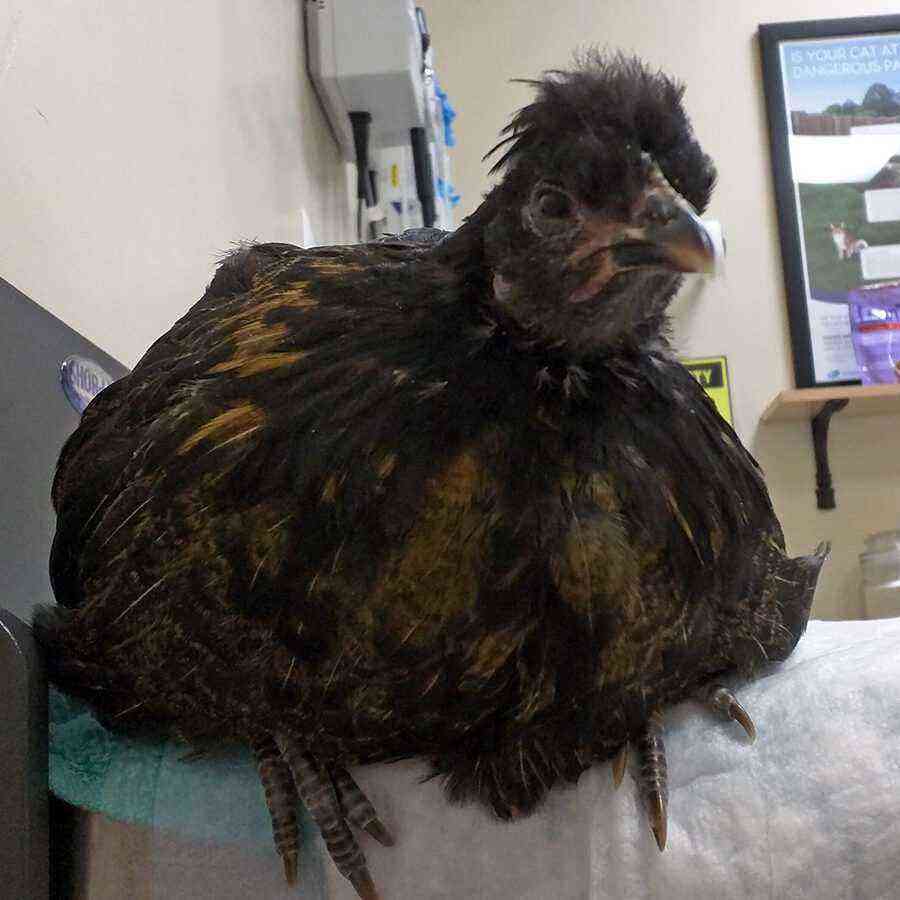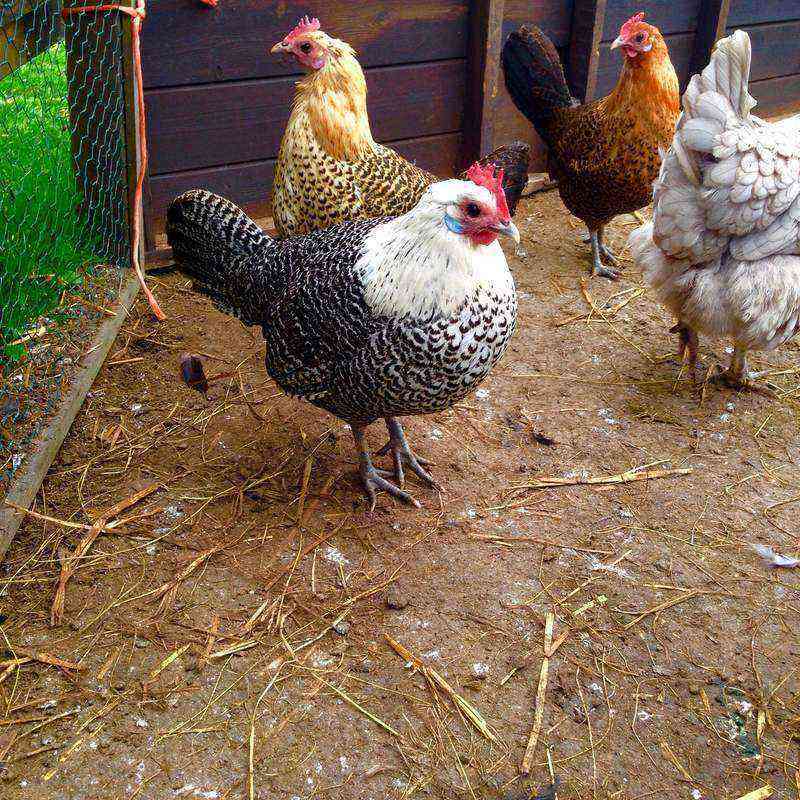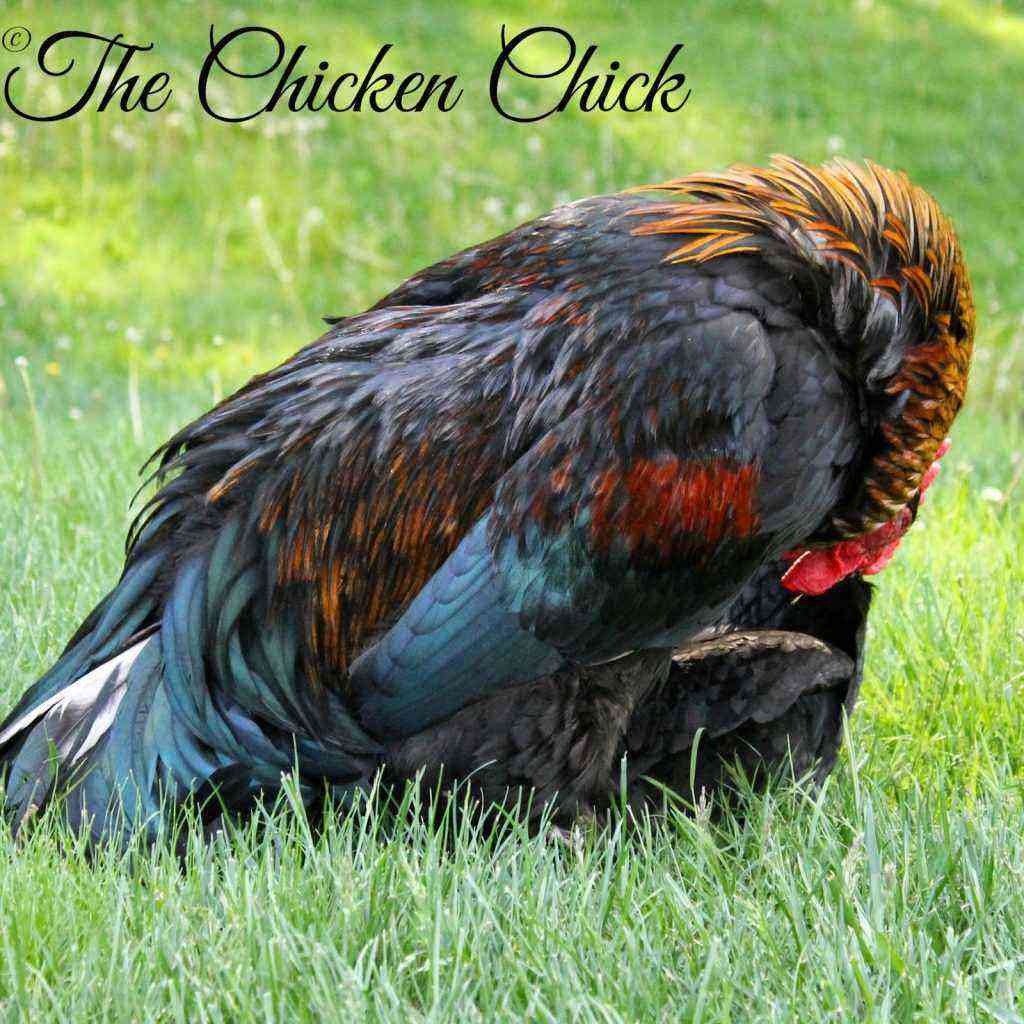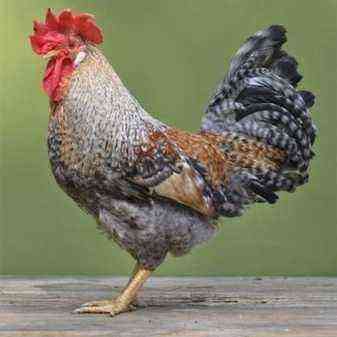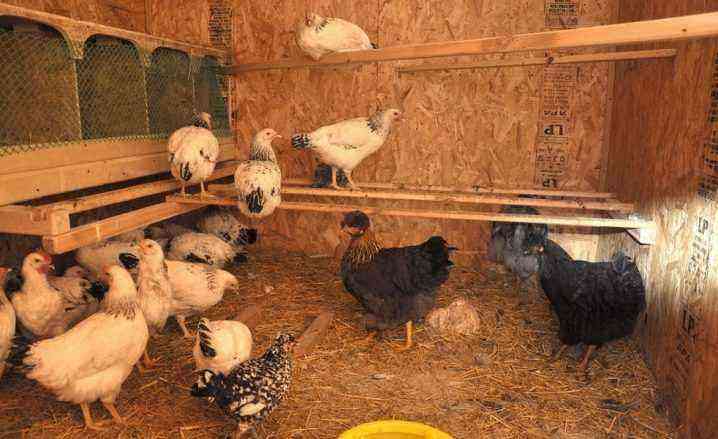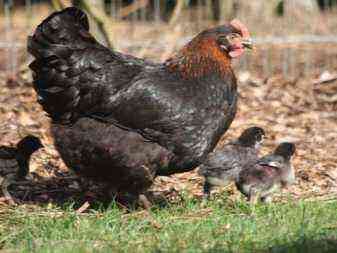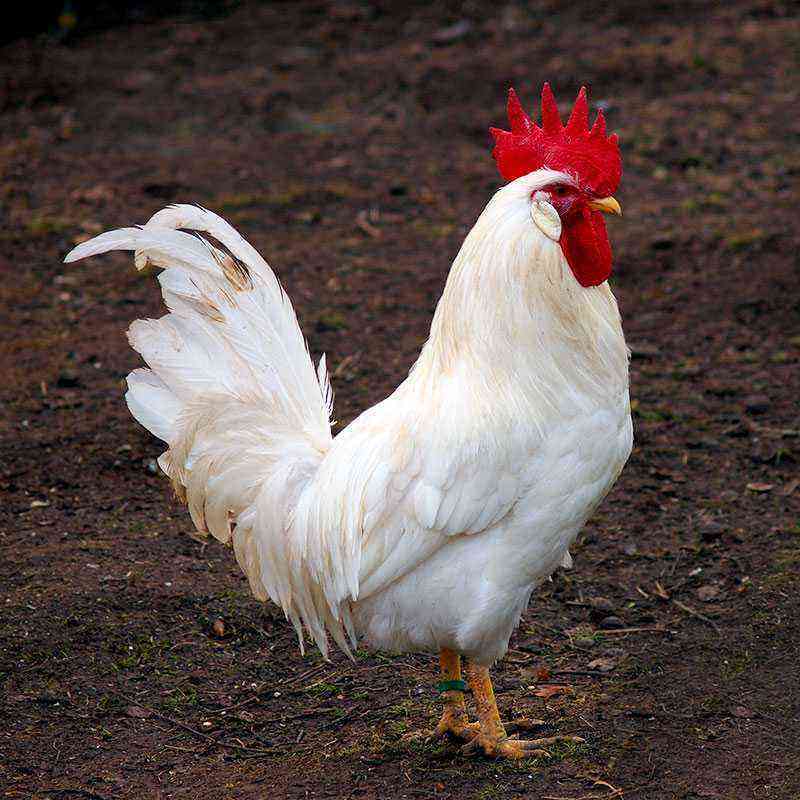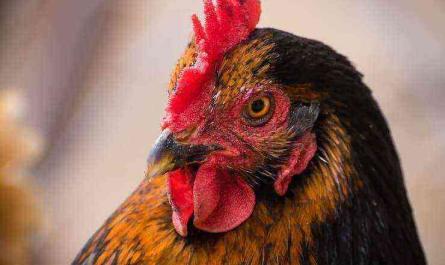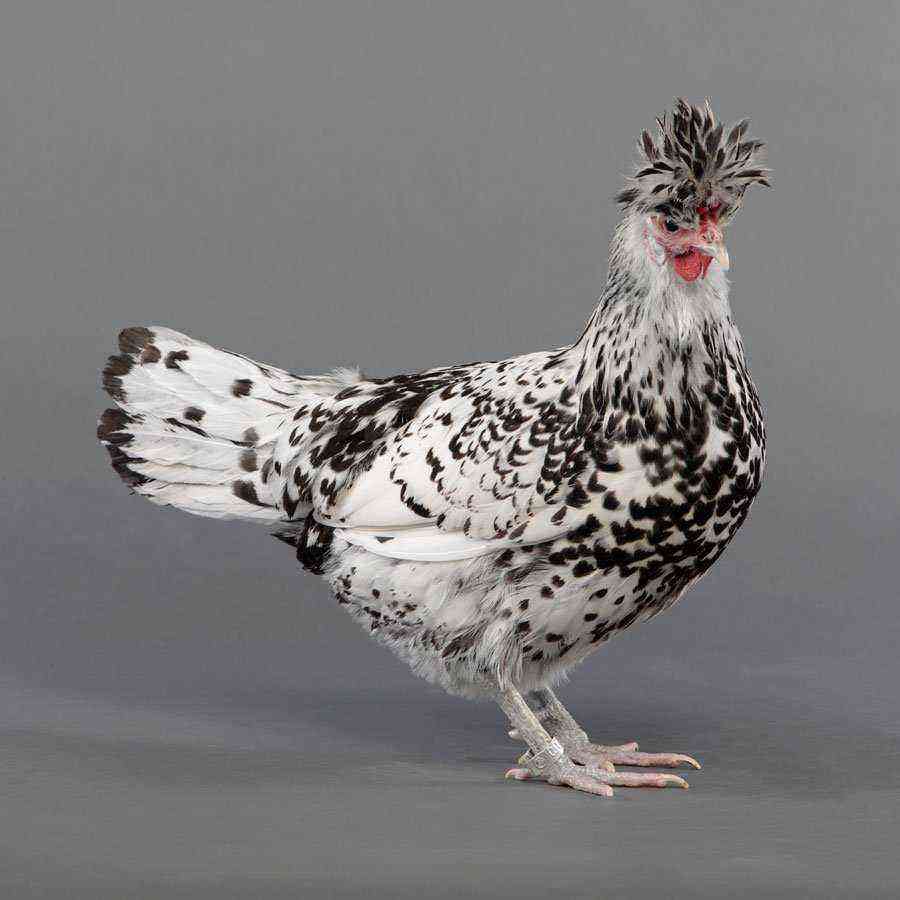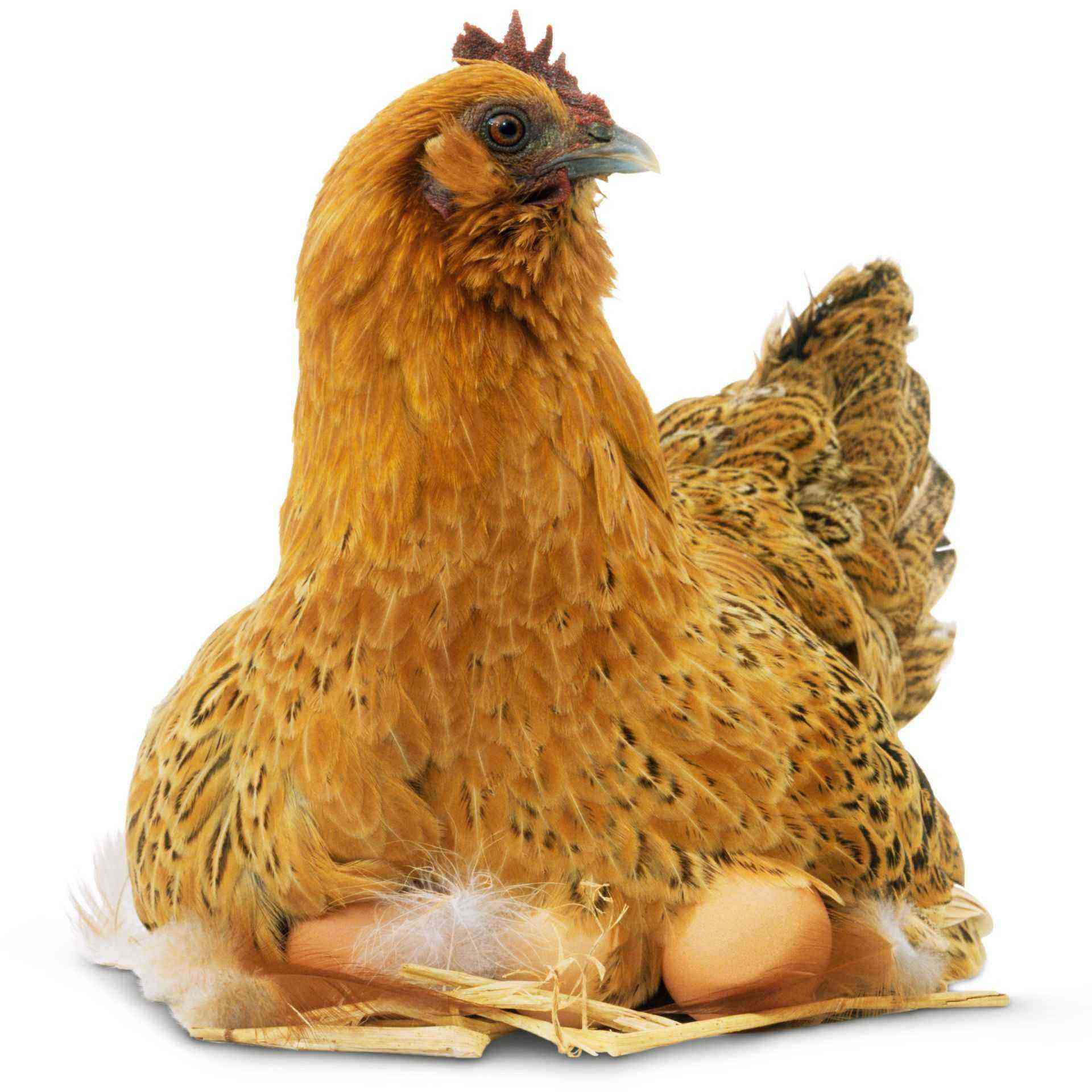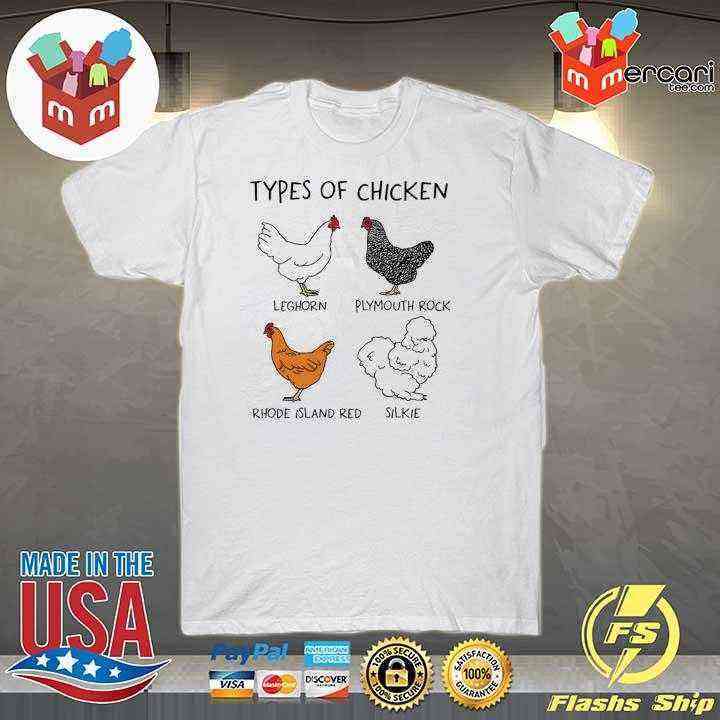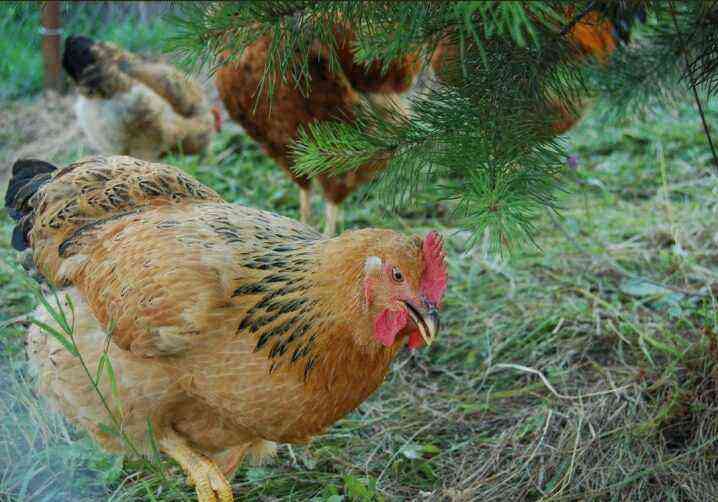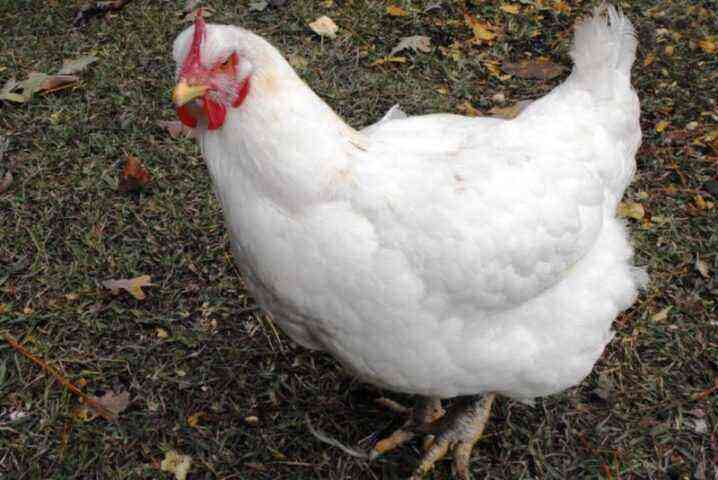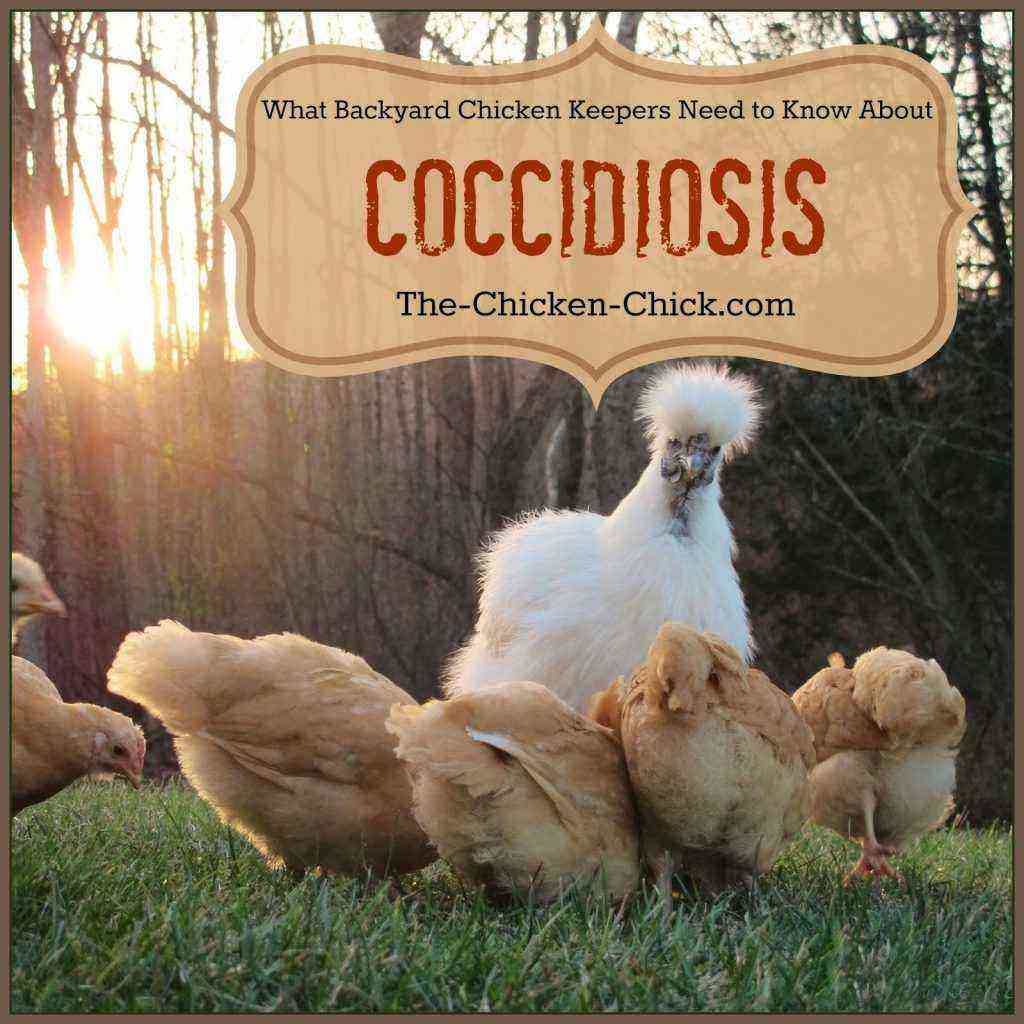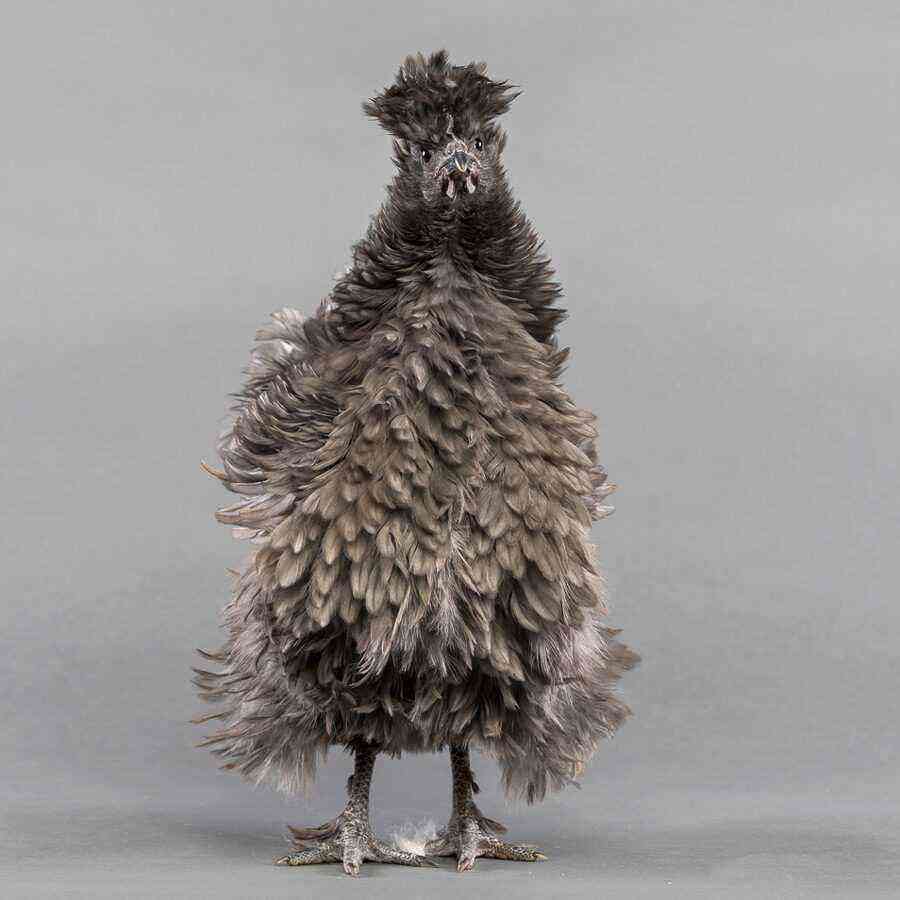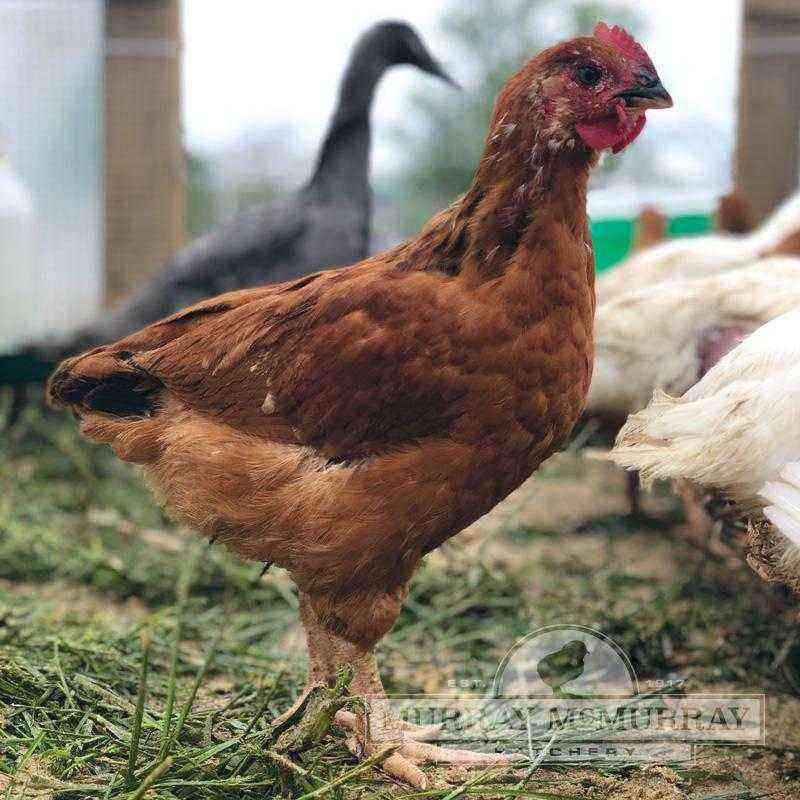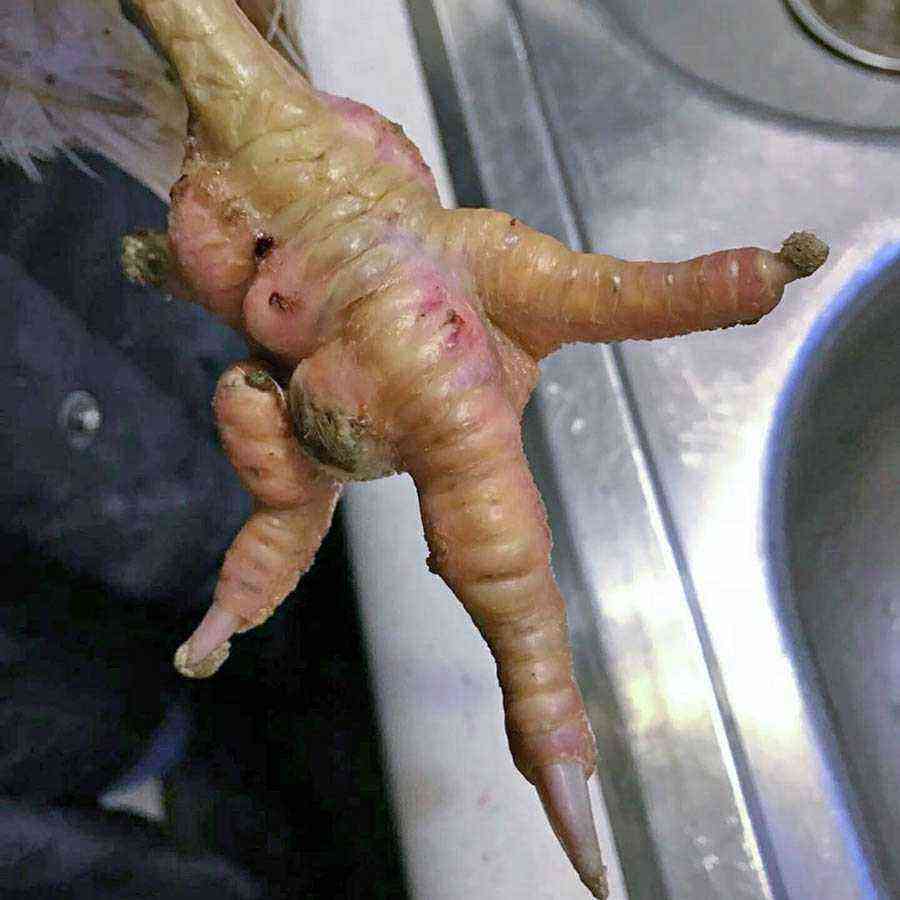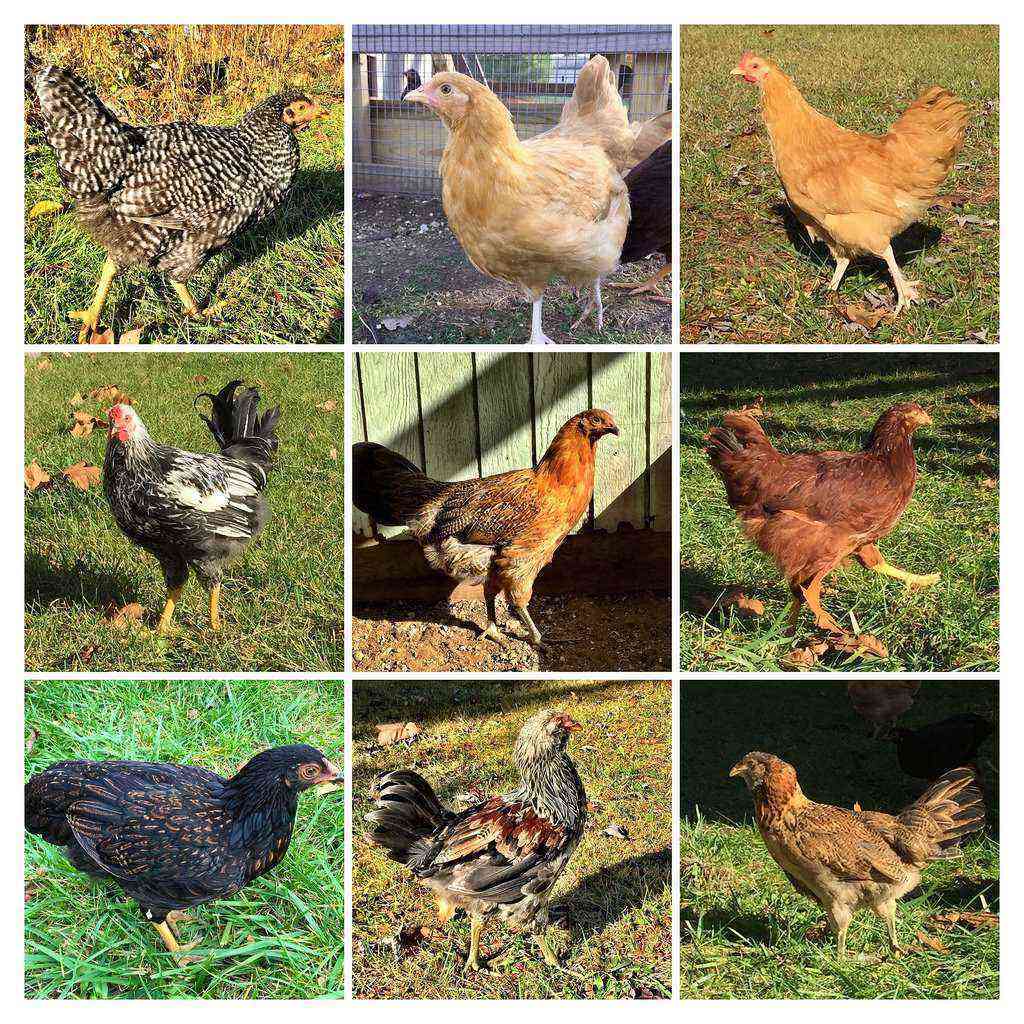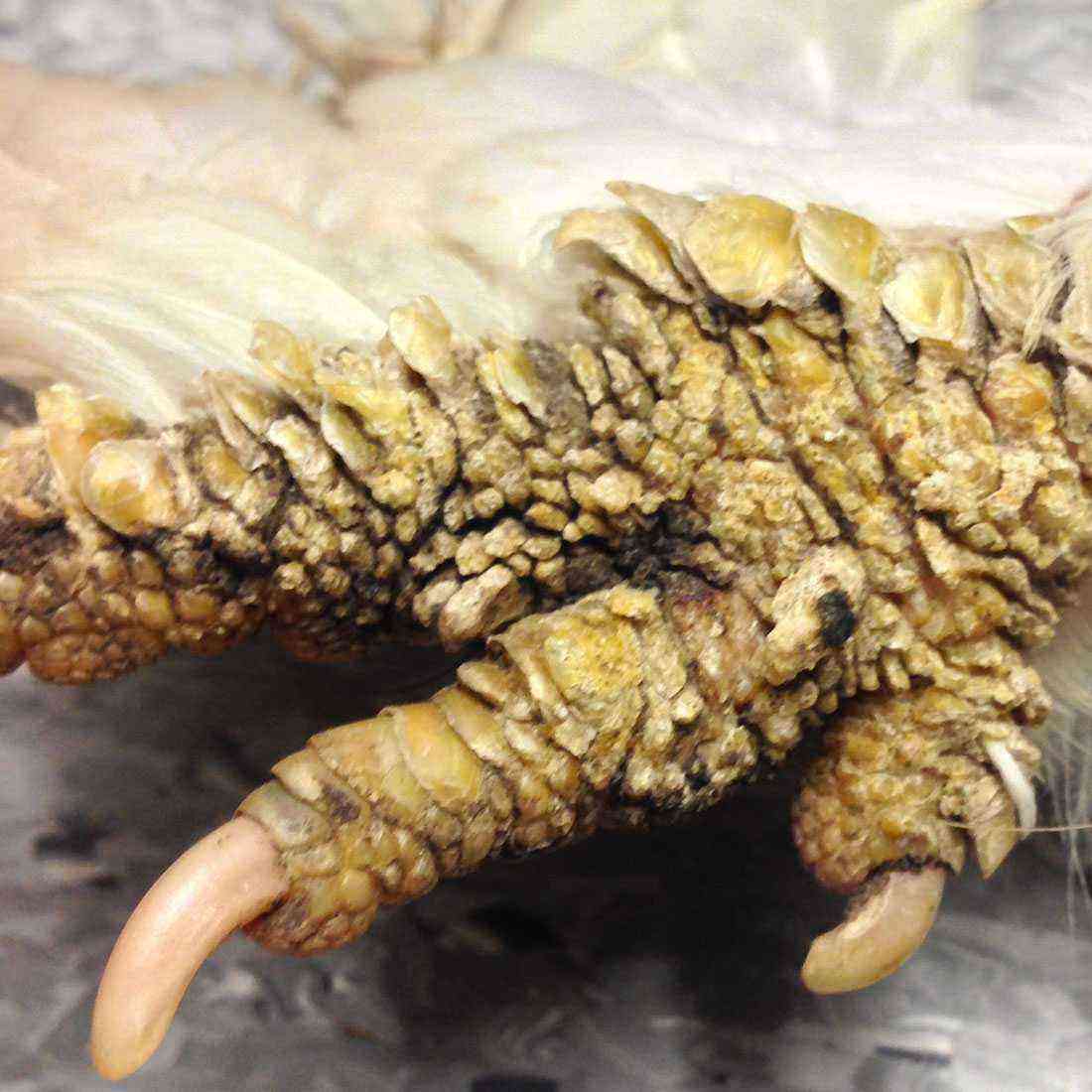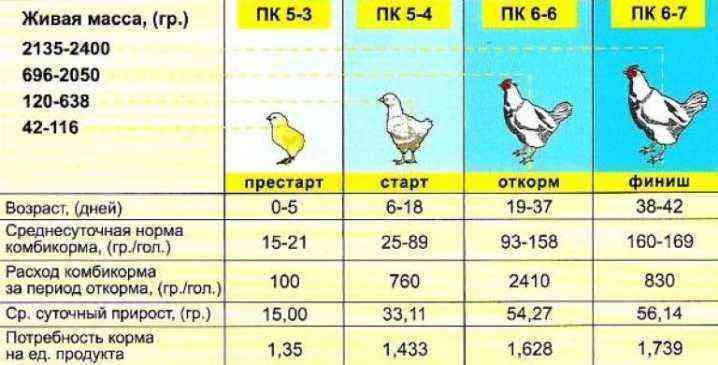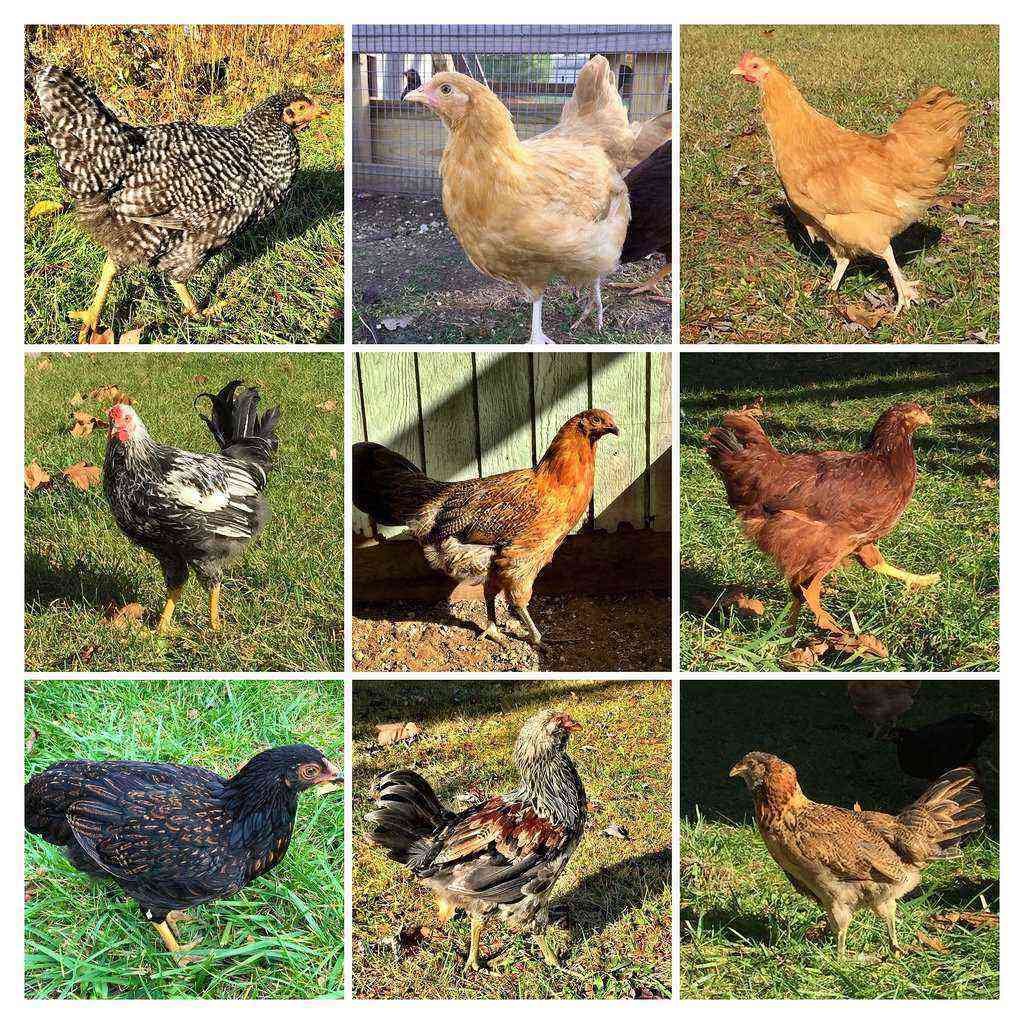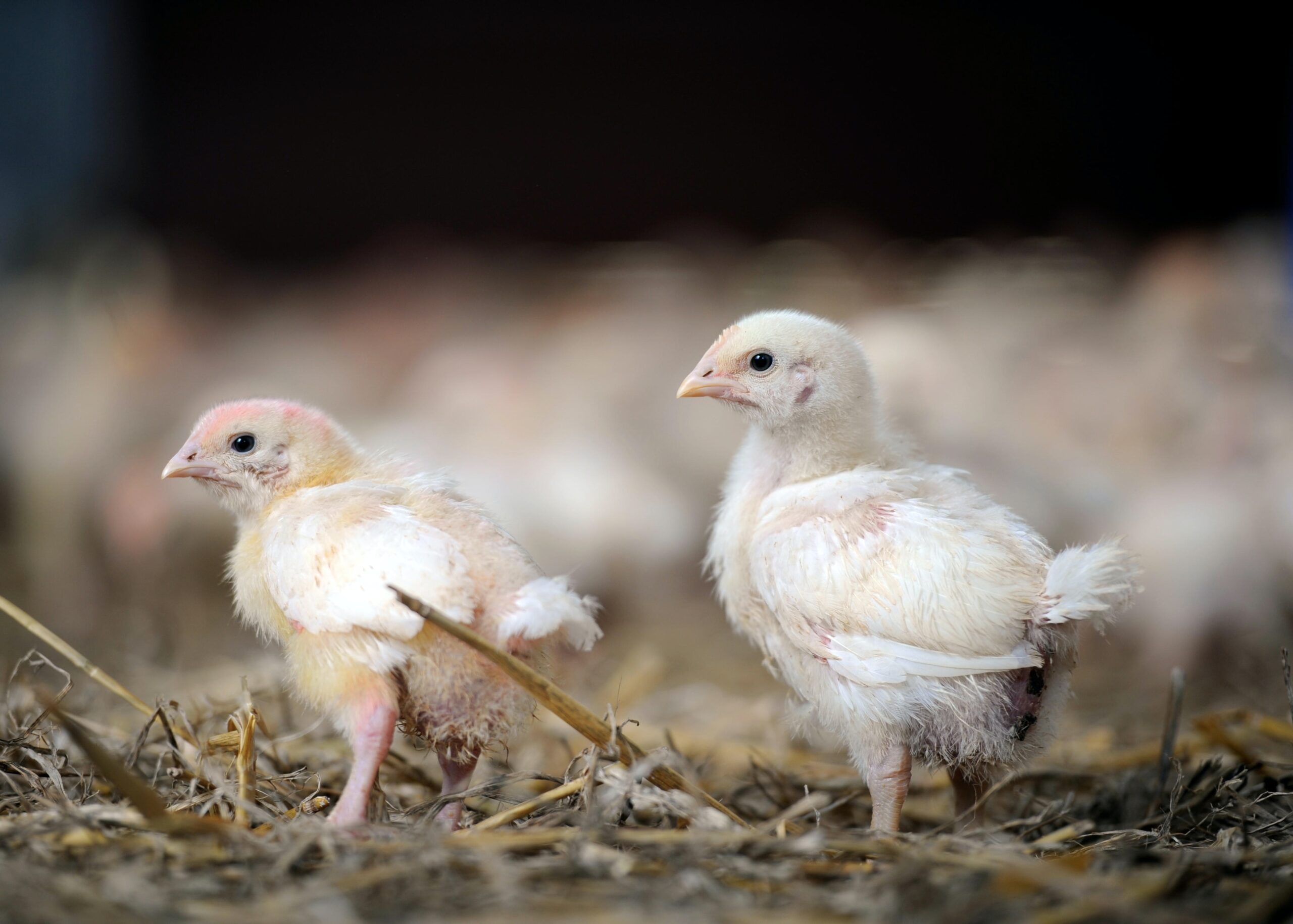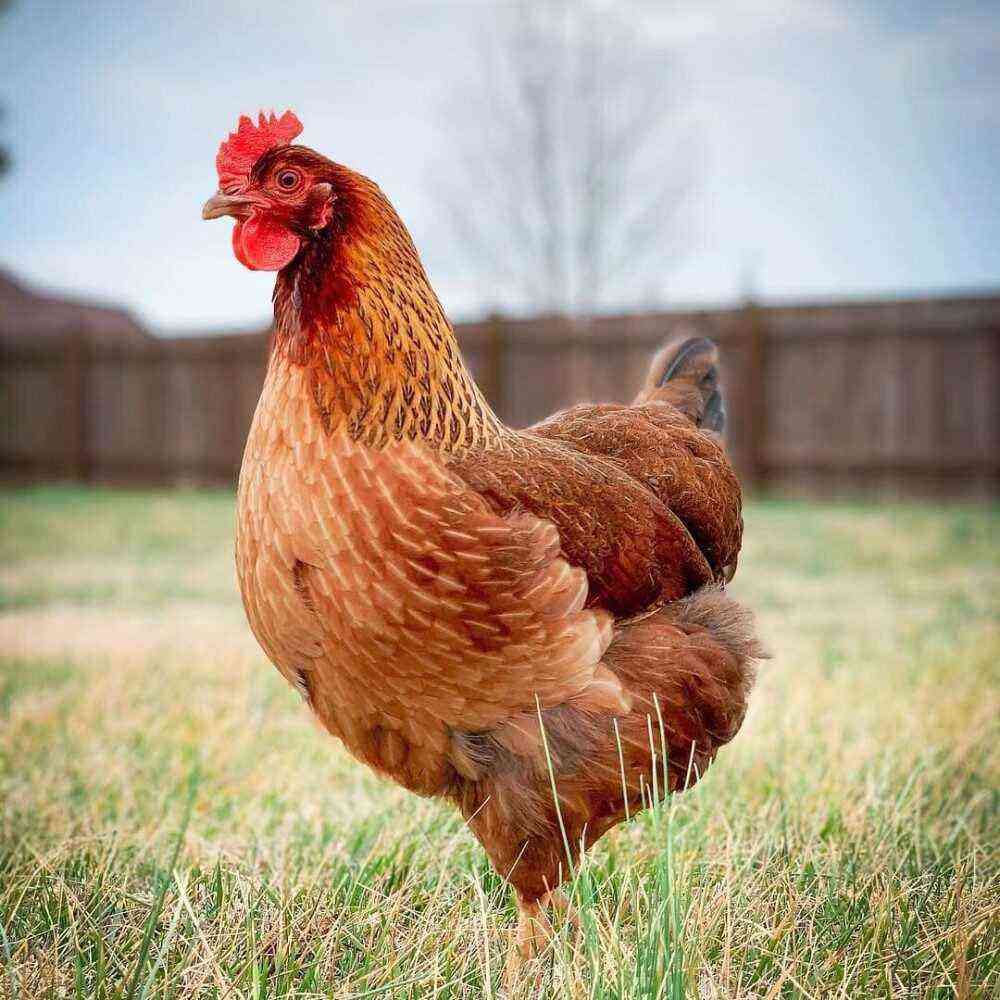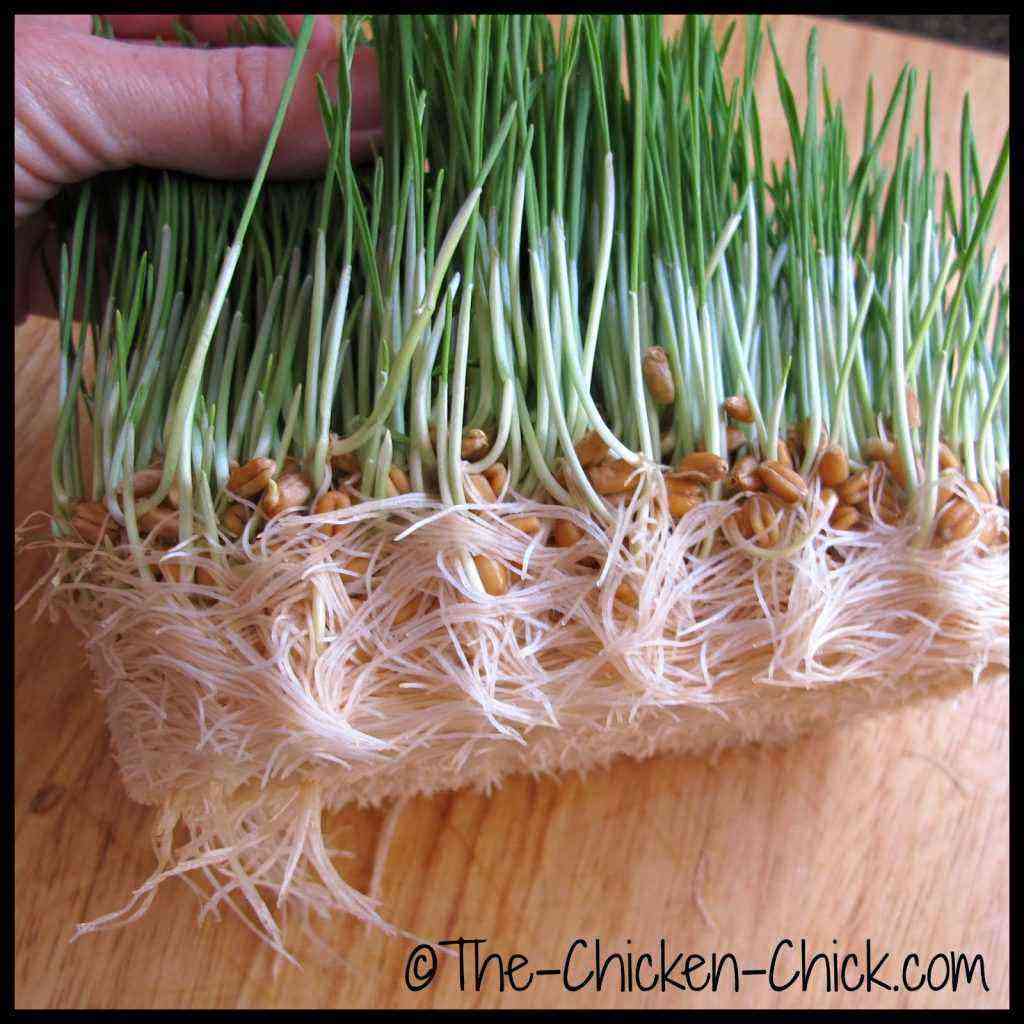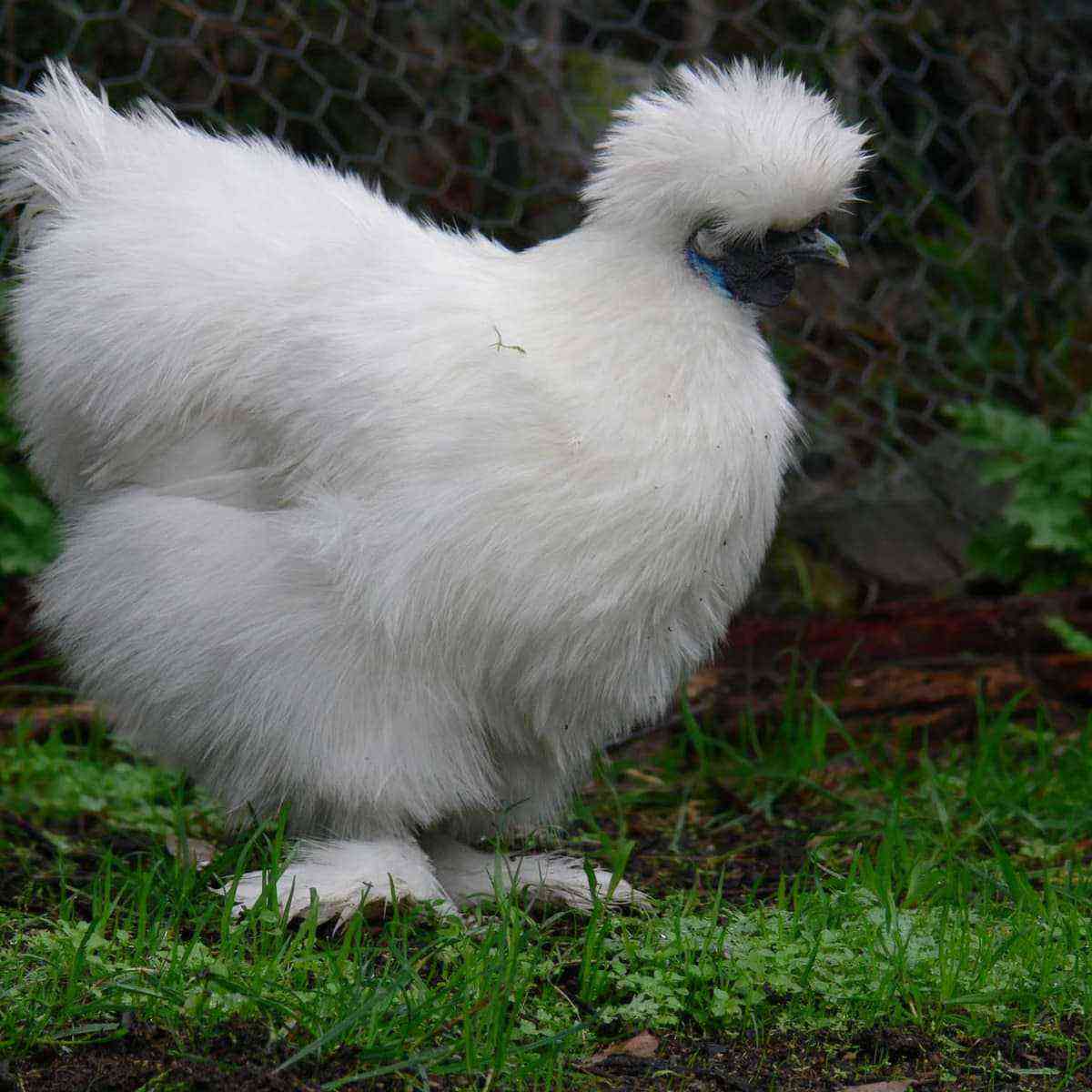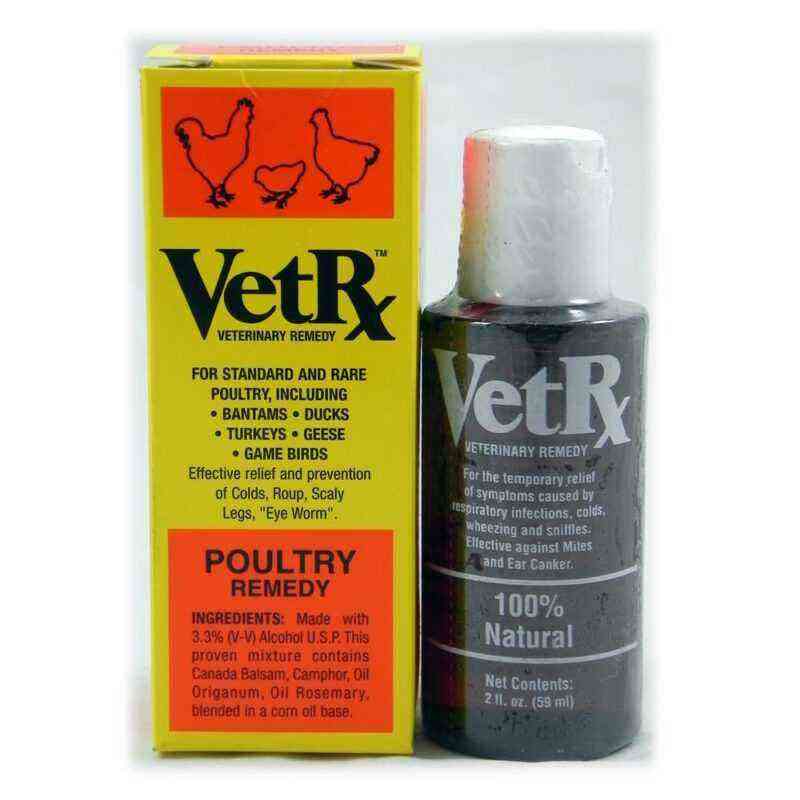Chicken alopecia is one of the serious problems in domestic feathered pets. This disease is associated with the loss of feathers and down in birds. The plumage is very thin, fades, becomes brittle. Beginners may attribute this to molting or feather-plucking by other individuals. However, often the problem is much more serious and it must be identified and as soon as possible.
Alopecia in chickens can be observed throughout the body, or in certain parts of it, when feathers fall out, for example, on the neck, or on the chest, or in the area of uXNUMXbuXNUMXbthe cloaca, etc.
This disease is most often associated with a lack of various vitamins in the body of feathered pets. It is accompanied by a decrease in productivity, the development of diseases. Therefore, treatment should be started as early as possible, without expecting serious problems and consequences.
There are other causes of alopecia in chickens:
- improper, poor keeping of poultry, unsanitary conditions in the poultry house: dirt, poor ventilation and lighting, dampness, too high or vice versa low humidity;
- lack of feed, even if the feed is of high quality and contains the necessary vitamins and minerals, it may not be enough for the entire livestock, which causes the development of alopecia;
- the appearance on the body of feathered pets of down-eaters, eating down and feather and causing discomfort to the bird.
Therefore, household owners must take care of feeding their feathered stock, its maintenance, care and cultivation.
As a rule, with alopecia in chickens, the feather in the tail part, as well as on the back, first begins to fall out, then the chest part, neck, and head go bald. In the end, individuals almost completely lose their plumage, remain naked, unprotected under the influence of various external factors: the scorching sun, extreme cold, wind, frost. In addition, some areas of the skin may be affected in birds, such as the neck, back, etc.
If chickens develop alopecia, treatment should begin with improving the feeding of individuals, as well as their maintenance. Perhaps the bird simply does not have enough sunlight, which means vitamin D. Therefore, they should be released more often into fresh air, under the sun, so that they receive their portion of ultraviolet radiation. In winter, it can be replaced with ultraviolet bulbs installed in the room where feathered pets are placed. In the diet of chickens, there must be feather meal, cabbage, bean shoots, meat and bone meal and less fat.
